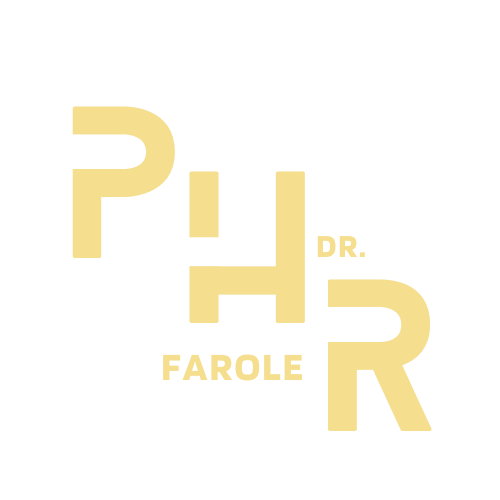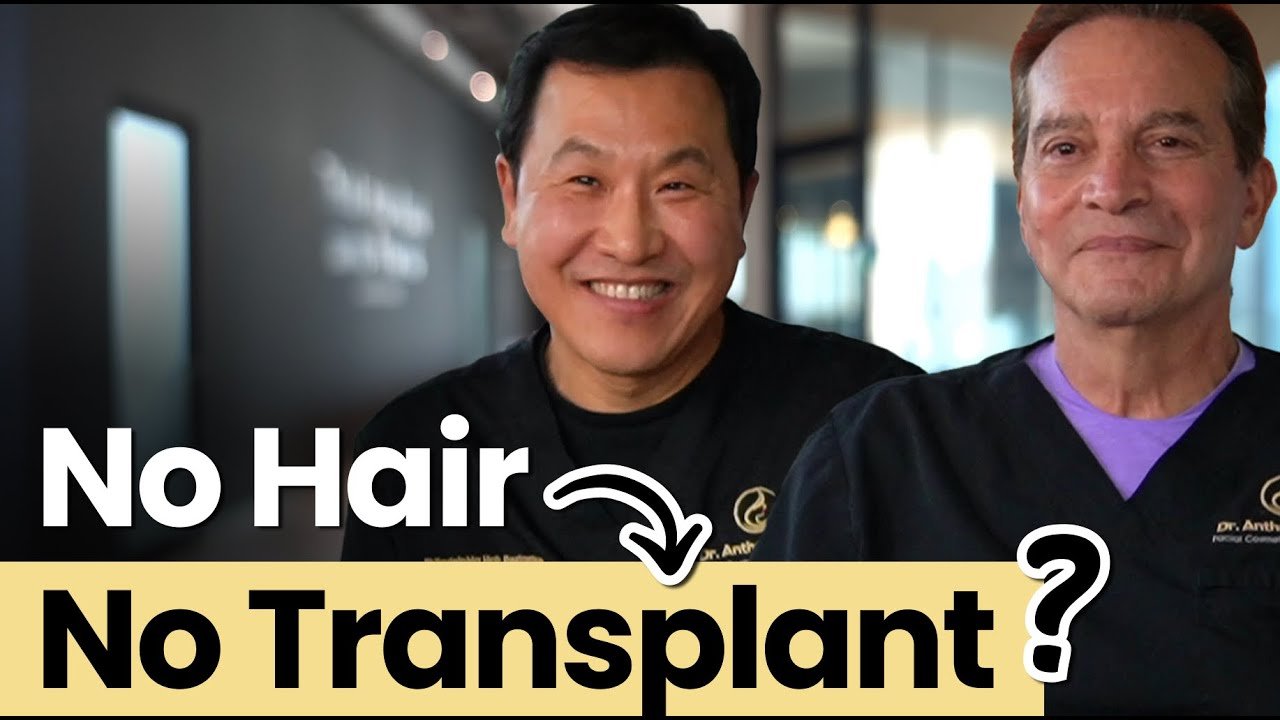If you’re considering a hair transplant, you may be wondering: “Is a hair transplant painful?” or “How painful is the procedure?” These are common concerns for anyone thinking about Follicular Unit Extraction (FUE) or Follicular Unit Transplantation (FUT).
In this guide, we’ll break down what to expect in terms of pain and discomfort before, during, and after your hair transplant surgery. You’ll learn about:
- How local anesthesia numbs the scalp
- The difference in pain levels between FUE and FUT
- What medications help manage discomfort
- Post-op recovery tips to ensure a smooth healing process
Interested in a hair transplant? Contact Philadelphia Hair Restoration today! Our expert hair restoration specialists will assess your level of hair loss, discuss your goals, and recommend the most effective treatment for achieving natural, long-lasting results.
Pain Management During a Hair Transplant: Does It Hurt?
One of the most common concerns for patients considering a hair transplant procedure is the level of pain. The good news is that modern hair transplant techniques ensure minimal pain and discomfort.
Before surgery, local anesthesia is injected into the scalp to numb the area. These injections may cause brief discomfort, similar to a quick pinch or mild pressure. However, we minimize this with pre-medication, including analgesics and a mild sedative.
Once the anesthesia takes effect, the scalp becomes completely numb, and the procedure itself is pain-free. Patients remain awake but feel relaxed under sedation. While you may feel slight pressure or a gentle tugging sensation as hair follicles are extracted and implanted, there is no sharp pain.
If needed, additional anesthesia can be administered to maintain comfort throughout the procedure. Both Follicular Unit Extraction (FUE) and Follicular Unit Transplantation (FUT) are designed to be as comfortable as possible, with most patients reporting little to no pain during the process.
Pain Expectations for FUE and FUT Hair Transplants
With FUE hair transplants, individual hair follicles are extracted one by one rather than removing a strip of scalp. This minimally invasive approach results in significantly less pain, faster healing, and no need for stitches. Most patients resume normal activities within two to three days, and if any discomfort occurs, it is typically mild and manageable with over-the-counter pain relievers.
By contrast, Follicular Unit Transplantation (FUT) is a more invasive procedure requiring removing a scalp strip from the donor area. Because FUT involves sutures and a longer healing period, it tends to cause more discomfort than FUE. Patients must return to have stitches removed after about two weeks, and some experience prolonged soreness at the incision site.
While both methods can successfully restore hair, FUE offers a far more comfortable experience with a quicker recovery and minimal pain. If you’re looking for an effective, minimally invasive hair restoration procedure, FUE is the ideal choice.
Managing Medications Before, During, and After Hair Transplantation
Proper medication management is essential for a safe and successful hair transplant. Certain medications must be adjusted before the procedure to minimize risks and ensure the best results.
Medications to Stop Before a Hair Transplant
Some medications can interfere with healing, bleeding, and anesthesia effectiveness, so adjustments may be necessary. Blood thinners, including aspirin, warfarin, and certain anti-inflammatory drugs, should be paused temporarily—but only with approval from your primary care physician. Patients who cannot safely stop blood thinners may not be eligible for a hair transplant, as these medications increase the risk of excessive bleeding.
Medications to Continue for a Safe Procedure
Unlike blood thinners, blood pressure medications should never be stopped before surgery. Keeping blood pressure stable is crucial during and after the procedure to reduce the risk of complications. Patients should take their medication as prescribed unless specifically instructed otherwise.
Medications for Pain and Infection Prevention
- To ensure a comfortable experience, we administer sedation and local anesthesia before the procedure. These medications help minimize discomfort and anxiety.
- To prevent infection, patients are prescribed a short course of antibiotics after surgery. This reduces the risk of folliculitis—a minor inflammation around the hair follicles that can occur if hygiene isn’t maintained.
- Postoperative pain management includes mild pain relievers, such as acetaminophen or ibuprofen, ensuring that any discomfort during recovery remains minimal.
By following proper medication guidelines, patients can undergo an FUE hair transplant with minimal risk, optimal healing, and a smooth recovery process.
Optimizing The Healing Process After A Hair Transplant
A successful hair transplant requires proper healing to ensure strong follicle growth. The first two weeks after surgery are critical for allowing the transplanted follicles to establish a connection with blood vessels. During this period, following aftercare instructions is essential for minimizing discomfort and maximizing results.
The First 14 Days: What to Expect & How to Care for Your Scalp
- Days 1-3: The scalp may feel tender, and mild swelling is normal. Avoid touching the grafts to prevent irritation or dislodging.
- Day 3: Patients can gently wash their hair for the first time using a mild, sulfate-free shampoo. No scrubbing—only gentle rinsing by pouring water over the scalp.
- Days 4-14: Continue gentle washing while avoiding hot water, excessive rubbing, or harsh hair products. The follicles need time to fully anchor into the scalp.
Key Post-Hair Transplant Recovery Tips
- Avoid strenuous activities for at least a week to prevent swelling and dislodging of follicles.
- Skip tight hats or helmets—only wear loose-fitting headwear to protect the grafts.
- Take prescribed medications, including antibiotics to prevent infection and mild pain relievers if needed.
- Sleep with your head elevated to minimize swelling during the first few days.
By following these hair transplant aftercare guidelines, patients can ensure a smooth recovery, reduce discomfort, and achieve optimal hair regrowth. Within a few weeks, the scalp will fully heal, and new hair growth will begin to appear.
Transform Your Look with Philadelphia Hair Restoration
A successful hair transplant relies on expert surgical techniques and proper post-procedure care. By following our customized aftercare plan, patients can ensure optimal healing, strong follicle retention, and long-term hair growth.
If you’re experiencing hair loss and considering a minimally invasive FUE hair transplant, Philadelphia Hair Restoration offers advanced solutions designed for natural, lasting results. Our team, led by Dr. Farole and Dr. Nam, provides personalized treatment plans tailored to your specific hair restoration goals. Schedule a consultation today to learn how we can help you achieve a fuller, healthier head of hair.



